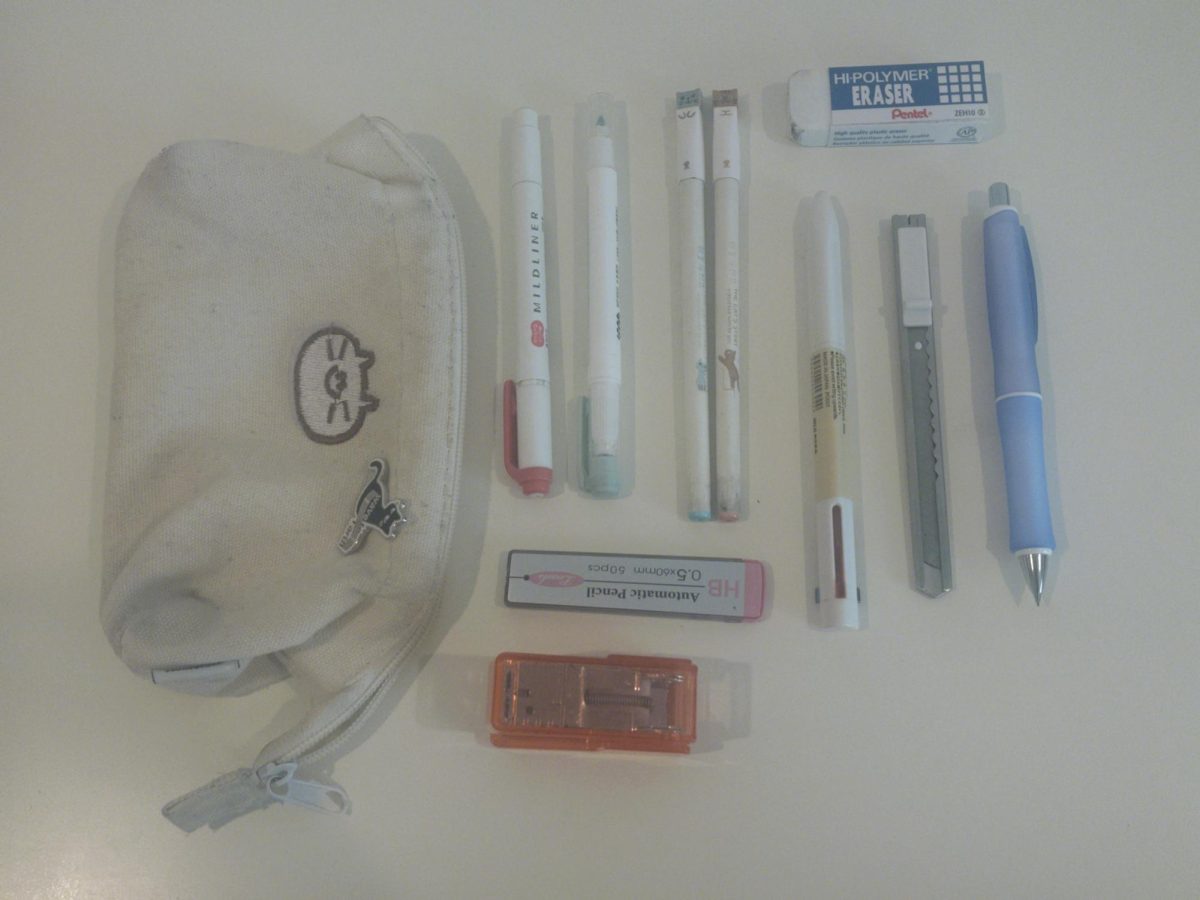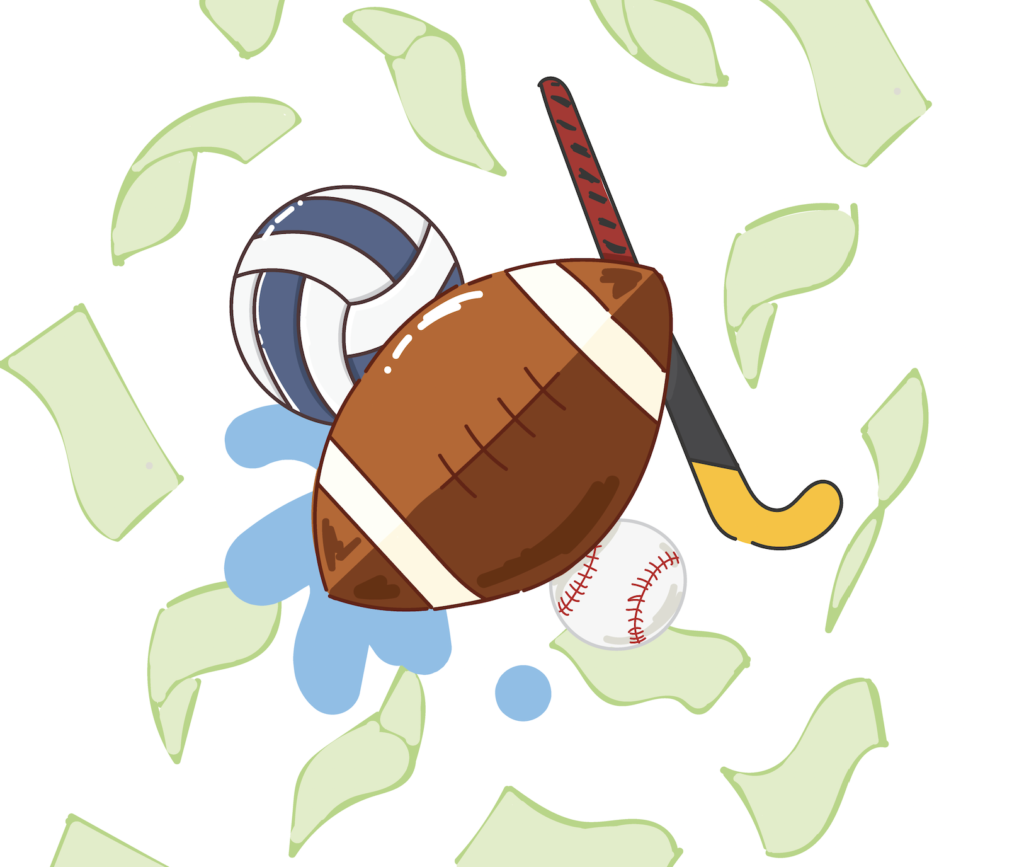This fall, the JV girls’ water polo team ran short of money due to a lack of parent donations, leading them to cancel one appearance in a tournament.
Funding shortages like this are rare at the school, but funding struggles are more common in recent years after the passage of California’s Assembly Bill 1575 in 2012, which forbids public schools from charging fees for participation in extracurricular activities. After this bill’s passage, all school programs and departments like the Media Arts Program and clubs could no longer require parent donations, making it more difficult for many programs to cover the cost of field trips, bus rides and many other expenses.
Because of this, sports must rely on parent donations and fundraising to help fund programs, which can go up to $25,000 annually for high-expense sports like football, athletics director Rick Ellis said.
Ellis said the amounts requested of parents depend on two main factors: the number of kids per team and the cost of equipment, uniforms and tournaments.
If the team doesn’t receive enough donations, they have to resort to fundraising campaigns to offset costs. Sports such as girls’ water polo and football have turned to businesses like Chiptole and Vertical Raise in order to help cover costs. This fall, football’s Vertical Raise fundraiser generated about $10,000, according to campus supervisor and assistant football coach Archie Ljepava.
Donation requests can range from $250-600 depending on the sport. Sports like badminton and volleyball are on the lower side, while football players’ parents were asked to donate around $600 per partipant this year, Ellis said.
In addition, coaches are asked to incorporate the athletic general fund cost into their donation ask. The athletic general fund cost is an additional donation request for sports to cover transportation, referees and equipment. It can vary between $50-250 a player.
Sports that require few or no referees, like badminton and tennis, ask for only $50 donations for these costs. On the other hand, football requires five referees, meaning athletes’ parents are asked to donate $250.
In total, Ellis said referee costs run to $35,000 a year for all sports combined. Aside from the cost of referees, certain sports, such as football, rely on large private buses for transportation to away games. These generally cost $1,300 per trip. Equipment for the weight room and trainer room are also included in the athletic general fund donation.
And while some teams like football incur steep costs, it does well with . In one successful annual campaign, players are given a spirit pack, including shorts and T-shirts. Much of the equipment, like shoulder pads and helmets, is covered by the district, decreasing costs that must come from parent donations and fundraisers like Vertical Raise.
Other sports like basketball also incur occasional hefty costs. While costs can vary per season, boys’ basketball head coach Mike Davey decided to join the Vikes Alumni Tournament held in Canada this December. The cost will be covered by donations, and teams from Washington and Canada will be attending along with the school’s boy’s basketball team, he said.
“It’s a little bit more nervous for me because I have to plan everything and all set it all up, but hopefully it’s just exciting for them,” Davey said.
While underfunding is a concern for sports, Ellis said the school’s main athletics issue is actually finding coaches for certain teams, especially ones like lacrosse and field hockey.
The school had to resort to canceling both the boys and girls lacrosse teams last year due to not being able to find a coach and not having enough sign-ups.
While the athletic program could always use more money, Ellis said parent donations and fundraising campaigns have continued to help teams pay for sports without major issues.
“We’ve had relatively good parent donations and good fundraising campaigns to pay for all the sports and fund the athletic program that way. We’re doing pretty well,” Ellis said.
Ellis encouraged students and parents to support sports they aren’t a part of by attending games, saying that paying for tickets can help out teams.
“That’s a great way to support the kids: showing up at a girls volleyball game on a Tuesday, Thursday night or a field hockey game on a Monday or Wednesday afternoon,” Ellis said.
Another key part of athletics funding is the Sports Boosters organization, which can step in to help in areas that may lack sufficient funds.
As a nonprofit organization, the Boosters pays for resources like concussion testing, scholarships, strength and conditioning training, and athletic capital improvements not covered by the district.
“I think that with good communication and parent outreach, we can get around them [underfunding issues]. They’re anomaly situations — they’re not happening regularly,” Ellis said.




























